100 Headless Women
Anonymous nudes explore the mystery of the human form
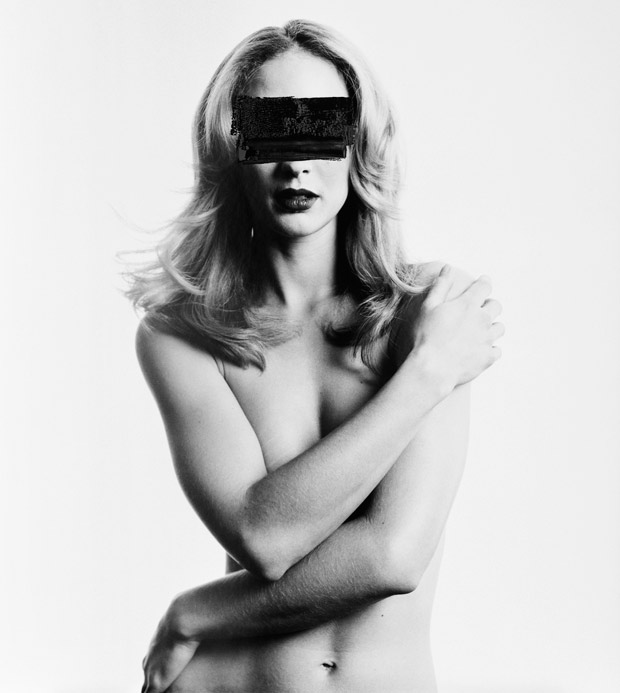
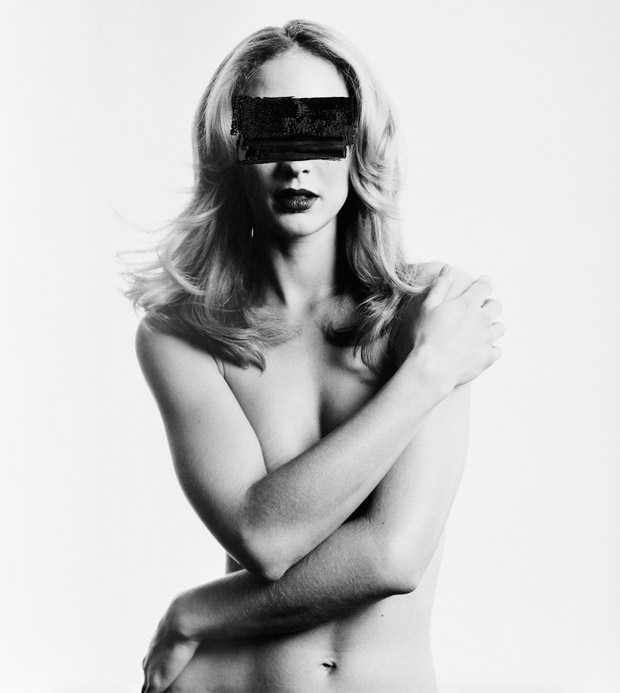
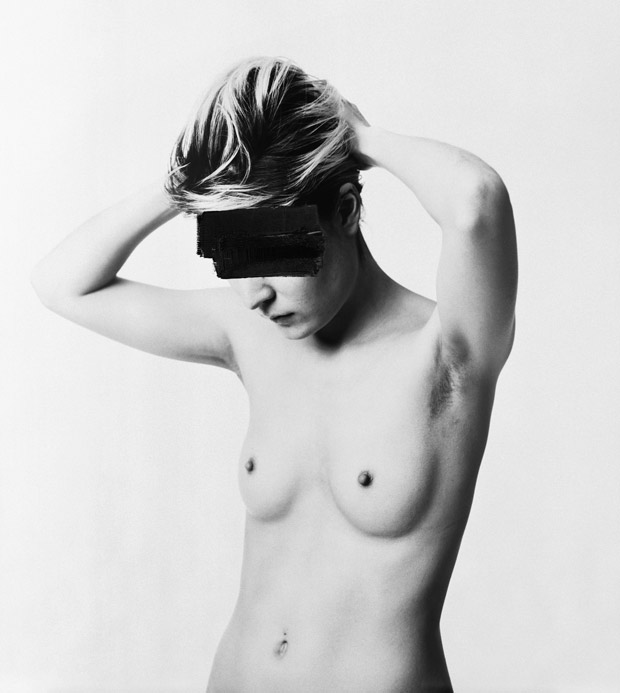
To say that nudity is trending is nothing new. The statement has certainly rung true for the last 60,000 years, or at least since we began walking upright and admiring each other’s progressively less hairy bodies. Appreciation of the naked form plays many roles in art, culture and society, and while photographer Max Snow doesn’t strive to dissect this complicated relationship in his show “100 Headless Women“, his unique take on portraiture explores how the body can tell a deeper story.
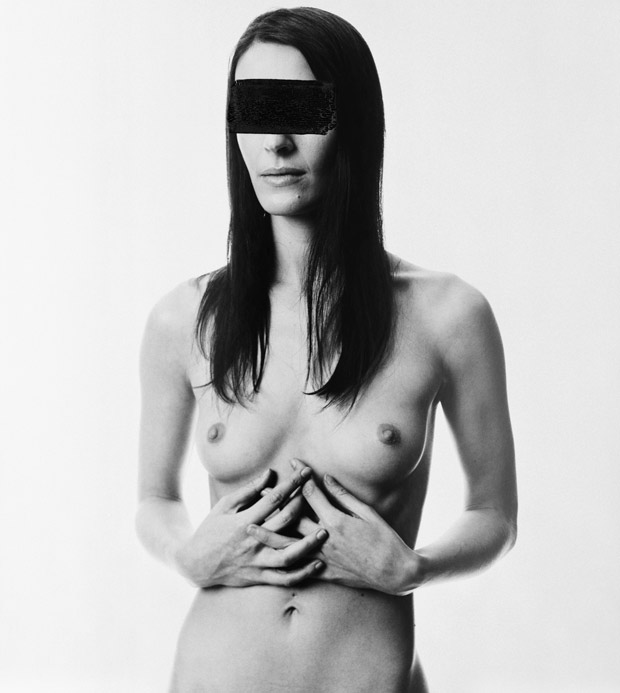
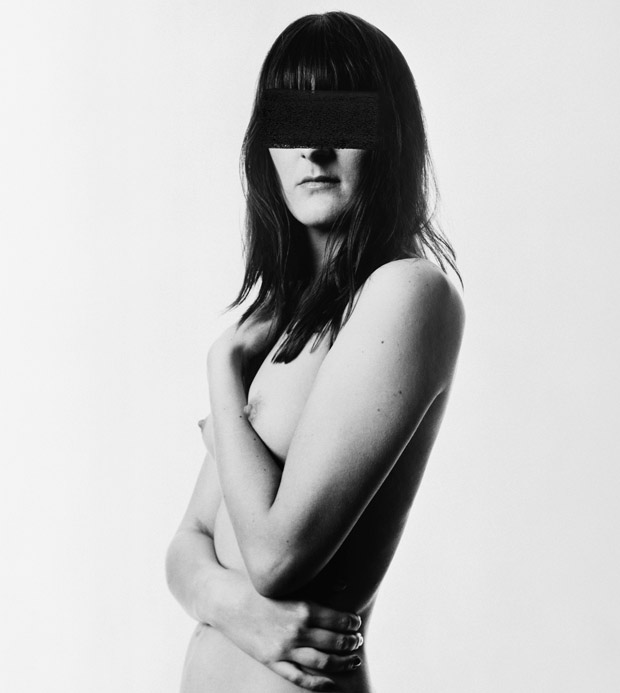
For his project Snow photographed topless women of varying shapes, sizes and ages. In each image, the subject’s face has been obscured, leaving her as an anonymous entity. Unidentifiable only in facial features, their bodies weave a rich history, expressing their personalities as clearly as a smug smile or stone cold stare. Shrouding the subjects in mystery, their ink masks force the viewer to flex their imagination. The longer you spend with Snow’s work the more you appreciate the sense of protection he creates with his device.
We recently caught up with Snow to talk about the upcoming show in New York City.
Tell us a little more about the concept for the show.
“100 Headless Women”, it’s something I have been working on for a little over a year. It’s just something I got in my head and couldn’t get it out. So the only way to have some reprieve from that was to put it on paper and slap it on the wall. It’s not really a hundred, it just had a good ring to it, there’s going to be thirty in the show. I don’t know what it was about giving subjects and portraits some anonymity that is alluring to me. I did it once and I couldn’t stop, I could identify more with portraits after it’s done because you don’t put judgement on things, you focus on other things, they become shapes and less about what you may think of the subject. I like not seeing the eyes and obscuring the face because that’s what everyone always says tells the story. To deny that makes you look at it in a new way.
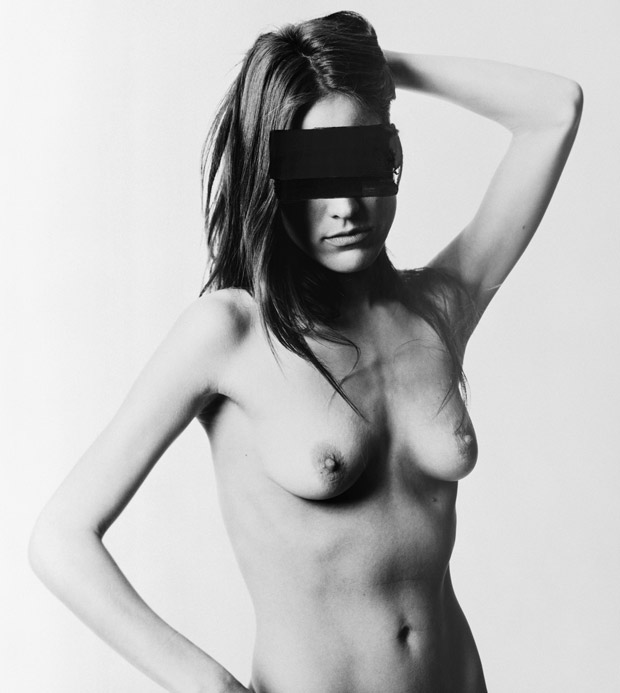
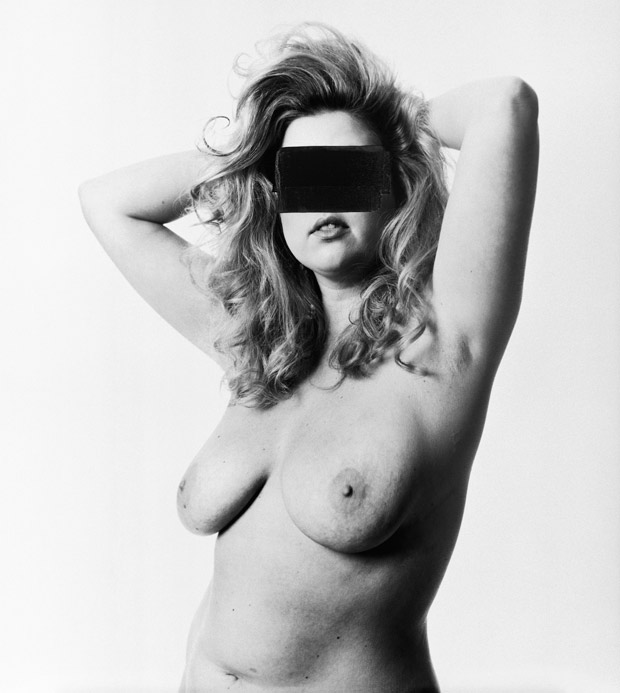
What first got you stuck on this idea?
It was a series I was working on called “Black Magic” in Amsterdam. I’d always experimented with adding another medium to photographs and it never really came off as something I was pleased with until I started playing with these lithographic inks. I don’t know why I had to do it that first time but it just worked for me.
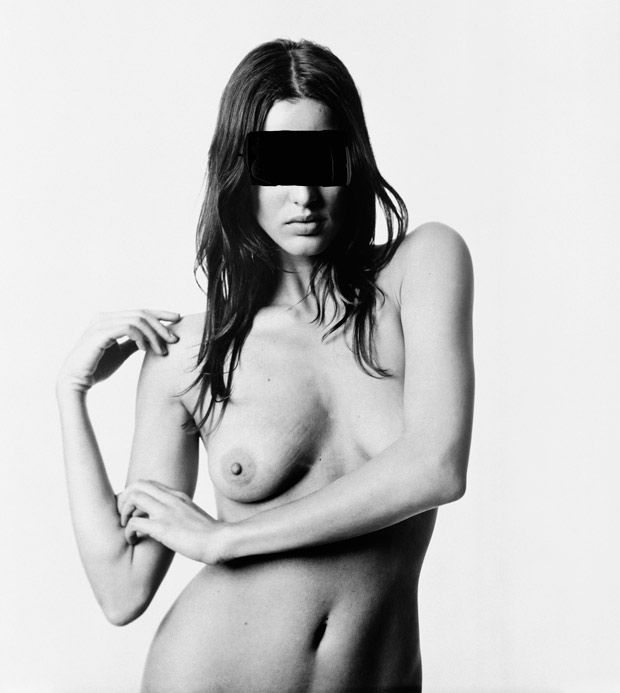
What appeals to you about the blacked-out features?
It’s not an anonymous thing in a censorship way. It’s more about being able to focus less on what it is and more on what it is, you know? It adds a mystery to the thing, it adds some mythology to it, it’s no longer just a portrait, it’s something more. Collectively as a group they become like a cast of characters from a story that was never told or a historical event that never took place.
Why do you focus solely on women?
I think it’s more fun to fantasize about women than men but “100 Headless Men” could be next.
How does the human form fit into your work?
I’ve always been interested in people. Before I did studio work I did photo journalistic stuff, I was photographing the troops in Afghanistan on the front lines. I’ve always been interested in people and I think that clothes are a distraction, nudes are timeless.
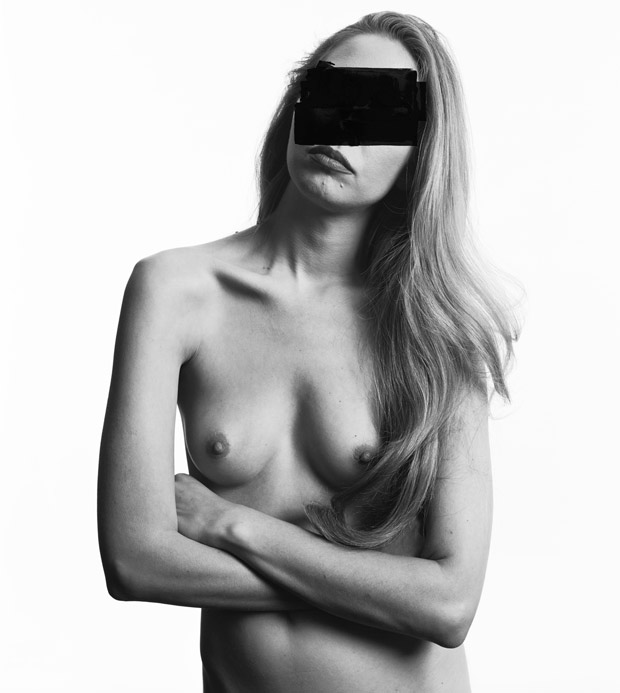

How did you end up in Afghanistan?
It’s actually a funny story. I was 20 and I was supposed to intern that summer for Patrick Demarchelier. It was supposed to be set up, I spoke to them months before I interviewed and it was all worked out, they said, “Great! You got the job, you’ll probably just be buying coffee” or something like that and I was like, “Sweet, I’ll be in the studio with sexy women buying them coffee.” So I called to follow up and they were like, “Who are you, I don’t know what you’re talking about, don’t call again.” I was bummed out for a second and then a friend introduced to me a friend who was shooting for Time in Afghanistan, then I met a writer from the Sunday Times of London and I went out on assignment with him and that’s how it started. It put mortality into perspective.
“100 Headless Women” runs 2 March through 7 April 2012 at Kathleen Cullen Fine Arts in New York City









